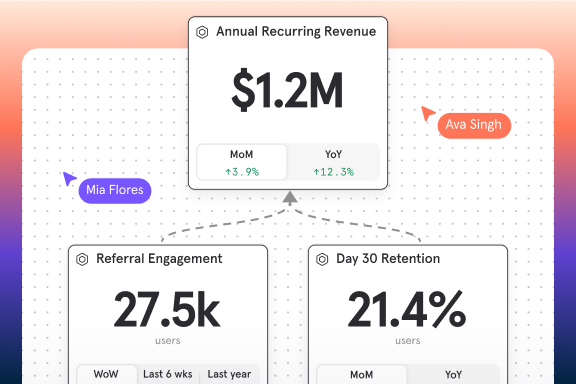Mad Paws uses Mixpanel to inform its product decisions and to help increase customer engagement.
Company
Mad Paws launched in Australia in 2014 thanks to a chance encounter between a university student and a Labrador named Honey. Founder and CEO, Alexis Soulopoulos was studying at the University of Sydney when a friend asked if he would stay at his Bondi flat over the holiday and dog-sit Honey. Alexis had a terrific time with the lab, but he got something even bigger out of the experience—an idea to create an easy and safe way for pet owners to connect with trustworthy pet-care providers.
For validation, Alexis headed to dog parks to ask pet moms and dads what they thought about an online platform for fur parents to find, book, and pay pet caretakers. The feedback was encouraging. Then he ran the concept by entrepreneurs and came away with a format: Mad Paws would be like AirBnB but for pet owners who need a local dog walker, a kennel-free pet sitter, and other pet care services for short stints to longer holidays.
In the first three years after launch, the company’s revenue tripled. By year four, more than 14K approved and verified petcare workers and 500K pets were registered on madpaws.com.au.
Goals
In order to continue growing its business, Mad Paws wanted to use Mixpanel to understand and track the journeys users take across its dual-sided marketplace. The company also wanted to be more confident in product updates and changes by using data to inform the team’s hypotheses.
Mixpanel’s killer feature is letting us identify what needs to be done and how to do it in a cost-effective way. It’s letting engineering get out of the way of our business teams so everyone can do their jobs and innovate quicker.Dmitri Voronenko CTO at Mad Paws
Solution
Encouraging more product reviews
A dual-ended platform like Mad Paws always has to be ahead of the curve when it comes to preventing disintermediation—when users eliminate the middleman and go offline for subsequent transactions. Dmitri Voronenko, CTO shared that Christopher Nheu, Mad Paws’ Head of Product at the time, theorized that if the platform had more reviews by customers, it could help publicize Mad Paws’ roster of amazing pet caretakers and go a long way toward attracting new registrations by pet owners, sitters, groomer, and walkers.
Dmitri said that Chris was “delighted and surprised” by some of the features he discovered on Mixpanel. Namely, the data derived from users’ functionality and event data could be used to determine an optimal time to send customers an email prompting them to review their Mad Paws experience. This experiment enabled product and marketing teams to A/B test whether a financial incentive would prompt users to leave a review. “We launched it in one day and immediately started seeing results,” said Dmitri. “Our public reviews increased significantly.” The product team then tested if users would respond if the financial incentive was removed from the email prompt. “Low and behold, the results still kept coming in. But at zero marginal cost,” said Dmitri.
Using Mixpanel helped empower Mad Paws because the product team could use data from their events and reports as a foundation for understanding what new tools and functionality were needed to improve the app.
Making objective decisions
Mad Paws’ product teams are frequently dealing with building out new features. So there’s no precedent to lean on when it comes down to making decisions. “Even if we could fall back on retrospective data,” said Dmitri, “we still need to build the data-tracking first and then work on designs and usability requirements.” So when building new features and conducting A/B tests, having Mixpanel’s qualitative research from user journeys, funnel reports, and other tools help provide justification during the decision-making process.
The resulting quantitative data from Mixpanel is critical to Mad Paws in defining and measuring the success of those new features. “Having Mixpanel allows us to mitigate the risks of weighing different ideas and making decisions about a product,” said Dmitri. “Even if we launch something that doesn’t work, it can help us to diagnose the problem or fail faster and iterate our designs.” Dmitri notes that these steps are critical to the startup since competitiveness is driven by the speed of innovation, which in turn is a function of the learning-feedback loop. “Mixpanel empowers us to learn quickly and efficiently,” he said.
“We’re now promoting the use of Mixpanel outside of the product development team. We can’t wait to see what Mixpanel has in store to really enable us to move beyond viewing and interpreting data, but taking immediate action on that data,” says Dmitri “and, of course, creating happiness for puppies and kittens across Australia.”

